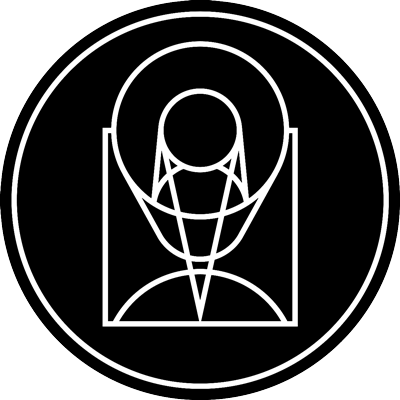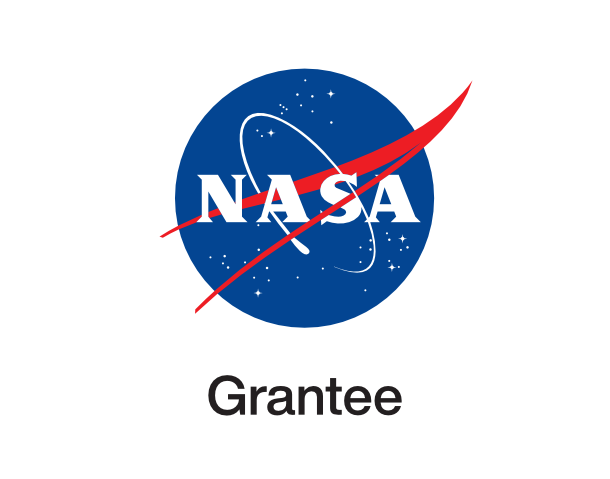Hubble observes new tidal disruption event (January 2025 image)

esahubble_opo2515 May 8th, 2025
Credit: NASA, ESA, Y. Yao (UC Berkeley)
Lurking 600 million light-years away, within the inky black depths between stars, there is an invisible monster gulping down any wayward star that plummets toward it. The black hole revealed its presence in a newly identified tidal disruption event (TDE) where a hapless star was ripped apart and swallowed in a spectacular burst of radiation. These disruption events are powerful probes of black hole physics, revealing the conditions necessary for launching jets and winds when a black hole is in the midst of consuming a star, and are seen as bright objects by telescopes. The new TDE, called AT2024tvd, allowed astronomers to pinpoint a wandering supermassive black hole using the NASA/ESA Hubble Space Telescope, with similar supporting observations from NASA’s Chandra X-Ray Observatory, and the NRAO Very Large Array telescope that also showed that the black hole is offset from the center of the galaxy. Surprisingly, this one million-solar-mass black hole doesn’t reside exactly in the center of the host galaxy, where supermassive black holes are typically found, and actively gobble up surrounding material. Out of approximately 100 TDE events recorded by optical sky surveys so far, this is the first time an offset TDE has been identified. The rest are associated with the central black holes of galaxies. In fact, at the center of the host galaxy there is a different supermassive black hole weighing 100 million times the mass of the Sun. Hubble’s optical precision shows the TDE was only 2,600 light-years from the more massive black hole at the galaxy’s center. That’s just one-tenth the distance between our Sun and the Milky Way’s central supermassive black hole. Above is a NASA/ESA Hubble Space Telescope image of the galaxy located that is host to the roaming supermassive black hole. The TDE appears as an isolated blue point source of ultraviolet light, while the galaxy is colored orange in visible light. The source is one of the first examples of a TDE significantly offset from the host galaxy’s core by 2,600 light years – where an even more massive active black resides. Hubble’s precise angular resolution clearly shows this offset and confirms independent observations made with NASA’s Chandra X-ray observatory. The Hubble data was captured on 16 January 2025, with Hubble’s WFC3 detector in UV and visible light wavelengths. The paper will be published in an upcoming issue of the Astrophysical Journal Letters. [Image description: A fuzzy orange-yellow oval occupies the middle fourth of the image. It extends from 10 o’clock to 4 o’clock. A bright white spot is located within the oval but offset to the upper left from the core. An additional smaller, grainy, orange disk is located at lower right. A couple of additional orange points are in the frame. The background of space is black.]
Provider: Hubble Space Telescope | ESA
Image Source: https://esahubble.org/images/opo2515/
Curator: ESA/Hubble, Baltimore, MD, United States
Image Use Policy: Creative Commons Attribution 4.0 International License

- ID
- opo2515
- Subject Category
- Subject Name
- Credits
- NASA, ESA, Y. Yao (UC Berkeley)
- Release Date
- 2025-05-08T16:00:00
- Lightyears
- Redshift
- Reference Url
- https://esahubble.org/images/opo2515/
- Type
- Observation
- Image Quality
- Distance Notes
- Facility
- Hubble Space Telescope, Hubble Space Telescope, Hubble Space Telescope, Hubble Space Telescope
- Instrument
- WFC2, WFC3, WFC3, WFC3
- Color Assignment
- Blue, Green, Green, Red
- Band
- Ultraviolet, Ultraviolet, Optical, Optical
- Bandpass
- UV, UV, r, r
- Central Wavelength
- 225, 225, 625, 625
- Start Time
- Integration Time
- Dataset ID
- None, None, None, None
- Notes
- Coordinate Frame
- ICRS
- Equinox
- J2000
- Reference Value
- 257.6772078868766, 28.83744793431463
- Reference Dimension
- 2506.0, 1718.0
- Reference Pixel
- 1253.0, 859.0
- Scale
- -2.7367470303453126e-06, 2.7367470303453126e-06
- Rotation
- 0.19999999999999993
- Coordinate System Projection:
- TAN
- Quality
- Full
- FITS Header
- Notes
- Creator (Curator)
- ESA/Hubble
- URL
- https://esahubble.org
- Name
- Telephone
- Address
- ESA Office, Space Telescope Science Institute, 3700 San Martin Dr
- City
- Baltimore
- State/Province
- MD
- Postal Code
- 21218
- Country
- United States
- Rights
- Creative Commons Attribution 4.0 International License
- Publisher
- ESA/Hubble
- Publisher ID
- esahubble
- Resource ID
- opo2515
- Resource URL
- http://esahubble.org/media/archives/images/original/opo2515.tif
- Related Resources
- Metadata Date
- 2025-05-07T17:50:28.170708
- Metadata Version
- 1.1
Detailed color mapping information coming soon...













